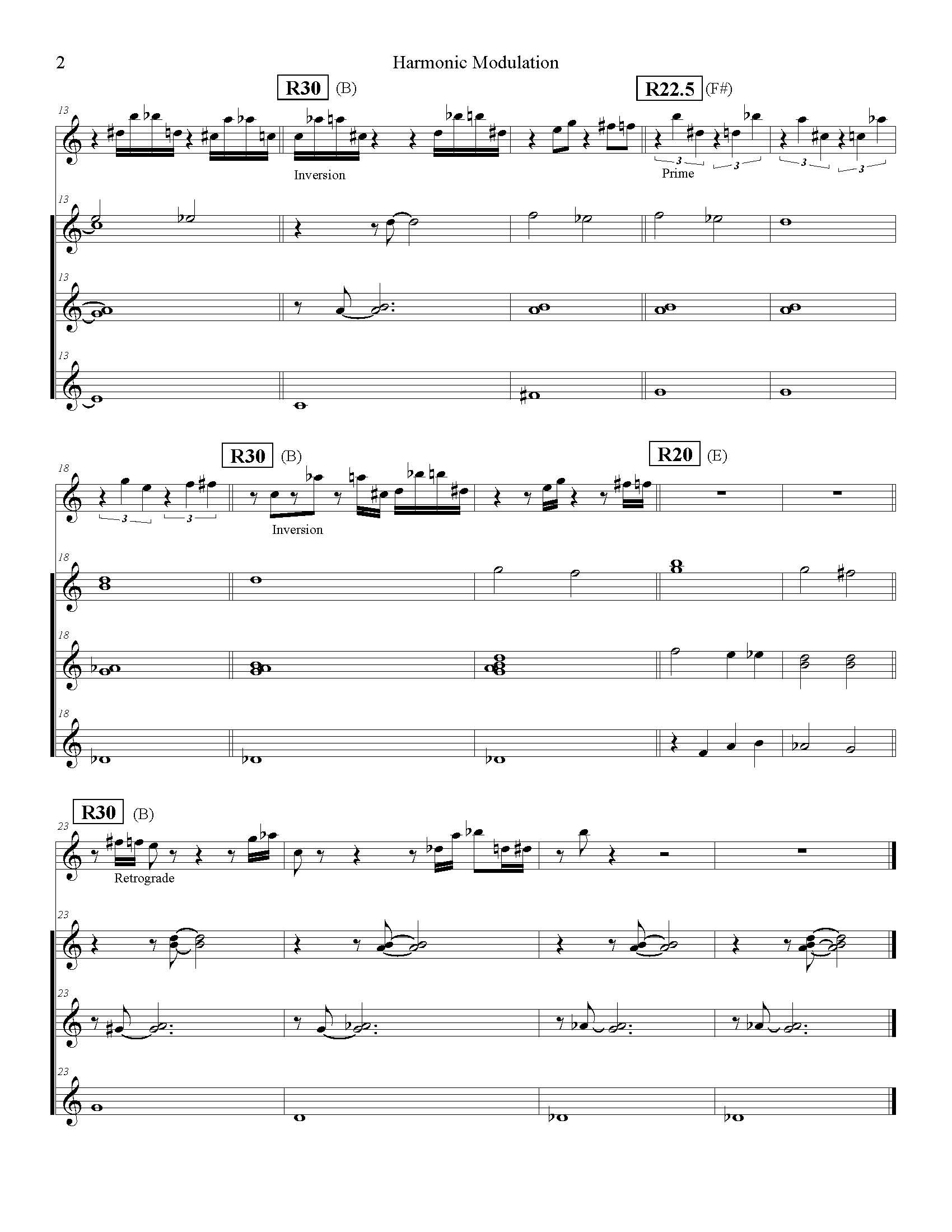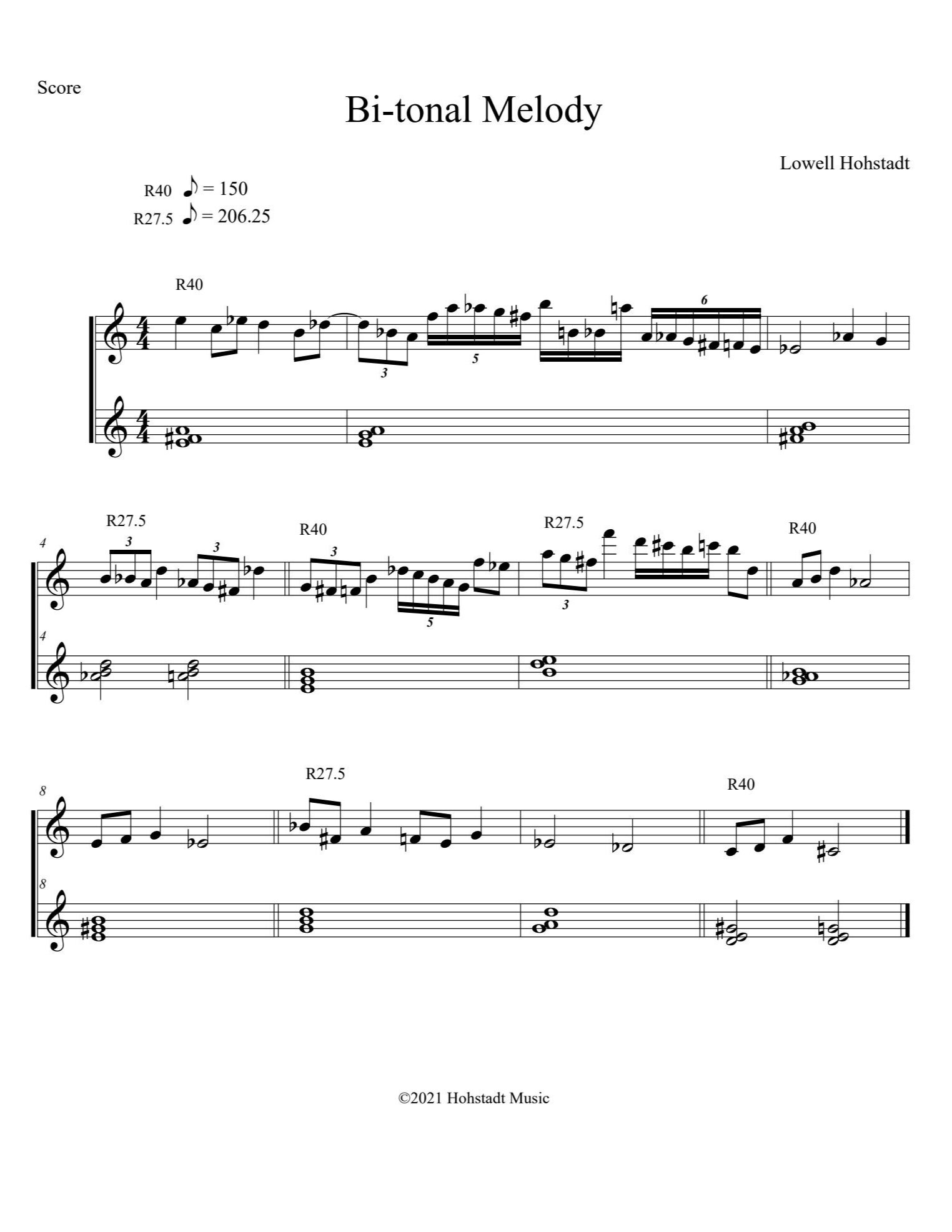Integrated Frequency - Fullrange
Fullrange
This is an experiment using the various parts of the overtone scale in combination in the single R20 scale. Using rhythm, a bass-line, a harmonic ‘comping’ pattern, harmonic counterpoint, chromatic and microtonal patterns, along with a diatonic melody, all ‘sections’ of the overtone scale are utilized.
(For more information, please see my article Integrated Frequency)
Using loop-based composition, an extended form emerges from layering of the various elements.




